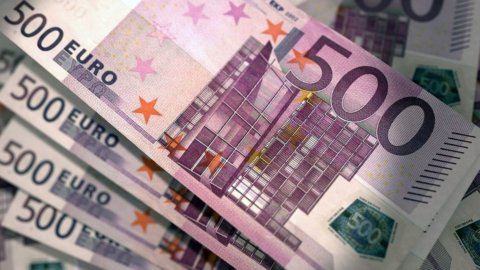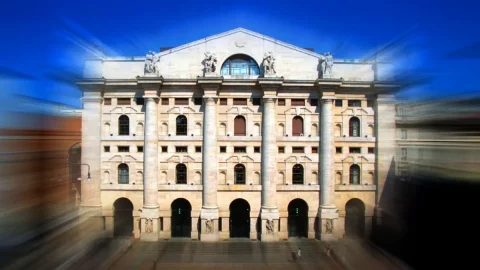Le 500 euro banknotes they retire. Almost. On Sunday, January 27, 17 of the 19 central banks of the eurozone have stopped issuing purple tickets. The central institutions of Germany and Austria remain out, but only for the moment, having obtained a three-month extension to "ensure a smooth transition". But they too, from April 26, will have to say goodbye to the most valuable piece in the collection.
As for the €500 banknotes already in circulation, no worries: will continue to have legal value indefinitely and you can always go to the bank to change them for smaller denominations. Eventually, however, they will disappear. Moreover, the rarefaction of this denomination has already been taking place for some time: in 2008 the 500 euro pieces represented 35% of the value of all banknotes, while in 2017 this percentage had dropped to 22%. Now, with the halting of printing, this process is set to speed up.
The decision to stop producing the most valuable banknotes was taken by the European Central Bank in 2016. The reason? Eurotower believes that this is how it will be easier to tackle money laundering, the financing of criminal and terrorist organizations and tax evasion. All crimes that today are largely perpetrated using 500 euro tickets, thanks to which it is possible to hide and transport large amounts of money in a small space. To be clear: up to 20 euros can be stacked in a pack of cigarettes, while up to one million euros can fit into a two-kilo bag.
For other banknote denominations, are in the process of renovating with the new “Europe” series, which contains more details than in the past and is even more difficult to counterfeit. Last September they were presented the 100 and 200 euro models, which have yet to enter circulation. The smaller denominations, on the other hand, have already made their debut.





